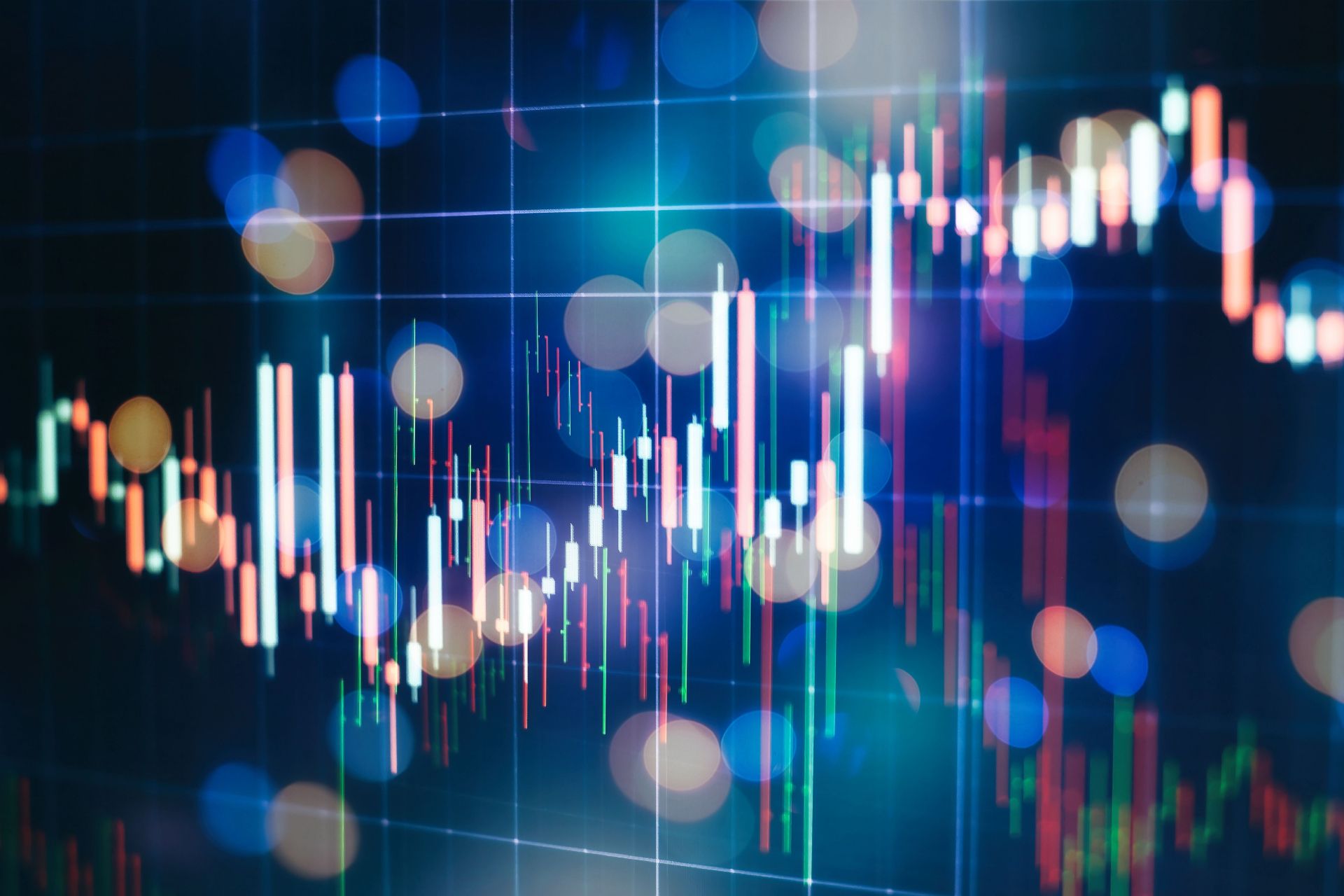In the fourth month of the Covid-19 pandemic, asset prices have yet to reach their floor, although valuations are starting to look attractive.
Investors should continue to expect heightened volatility as it is still too early to say that the world has turned the corner on the pandemic even after a tidal wave of fiscal, monetary and liquidity stimuli released by the world’s central banks.
This is the consensus among investors and asset managers who are still on the sidelines but keeping their eyes open for opportunities.
“In the absence of positive developments, the markets will continue to weigh the power of global stimulus versus declining asset values,” say Erik Weisman, chief economist, and Rob Almeida, global investment strategist at MFS Investment Management. “At some point, even under a worst-case scenario, assets will be viewed as cheap, but it doesn’t look like we are there yet.”
According to Weisman and Almeida, there are four elements that are needed for valuations to reached their floor – a flattening of the virus curve (whether looking at confirmed cases or deaths), a viable treatment that can be deployed, a vaccine (even one unavailable for many months), and a market so cheap that even in the face of a raging global pandemic assets are perceived as worth buying.
While equity markets look cheap in terms of valuations, it is not yet clear whether they will plunge further. Fixed income assets also appear to be attractive at current levels although selectivity is recommended.
The Hang Seng Index has plunged by 24% from 28,543.52 on January 2 to 21,709.13 on March 17, its lowest point so far this year, and since the pandemic began. It closed at 23,970.37 on April 8.
The S&P500 Investment Grade Corporate Bond Index has also dropped by 7% from 482.74 on March 6, its highest level in one year, to 447.19 on April 6.
“With equity markets now close to pricing in our central scenario, we recommend a more selective approach, focusing on oversold or resilient stocks, or long-term winners,” notes Hartmut Issel, head APAC equities at UBS Global Wealth Management. “Credit markets appear closer to pricing in our downside scenario, and we see US high-yield, US investment-grade, and US dollar-denominated emerging market sovereign debt as particularly attractive.”
Market developments over the coming weeks will hinge on two key factors. First, while data on the pandemic appears to show some improvement in the overall global situation, the pandemic remains fast-moving and markets could turn sharply if Covid-19 data takes a turn either for the better or the worse.
Second, investors will need to assess evidence that government stimulus measures announced around the world in recent weeks are reaching their target by helping to avoid a sharp rise in unemployment and bankruptcies.
Risk assets declined after a reported 701,000 net job loss for the US in March, a larger decline than expected, although far less than the nearly 10 million in initial jobless claims over the past two weeks. The payroll data was collected before jobless claims surged, and before the US$2 trillion stimulus package was announced.
“Investors will be sensitive to signs that support is coming too late to prevent a hiatus in demand from becoming a more lasting downturn,” adds Issel.
For example, in Switzerland, there have been encouraging signs that interest-free government loans are finding their way to small businesses quickly, with more than 15 billion Swiss francs (US$15.44 billion) disbursed to 76,034 businesses just a week after a 20 billion Swiss franc package was announced on March 25.
“We will be looking for similar indicators around the world, with a special focus on unemployment claims and bank lending for signs that stimulus measures are getting cash to those most in need,” Issel points out.
In the long term, investors should brace themselves for a very different investment landscape as the weakest areas in the global credit spectrum will be exposed over the next several months.
“While this should create more attractive entry points in higher-risk segments of the investment universe over time, we remain patient and focused on opportunities that we see as high-quality, default-remote assets for now,” says Joachim Fels, PIMCO’s global economic advisor. “We believe a caution-first approach is warranted in an effort to protect against permanent capital impairment.”









